Click OK If you're using Excel 07 or 10 with the example sheet, do the following Click the Formulas tab In the Defined Names group, click Name Manager (IfThen, do one of the following On the Formulas tab, in the Defined Names group, click Define Name Rightclick on the selection and choose Define Name in the popup menu On the Formulas tab, in the Defined Names group, click Name Manager (or press CtrlF3 ), then in the Name Manager dialogHere's how Go to the Formulas tab > Defined Names group, click Name Manager Or, just press Ctrl F3 (my preferred way) In the top left hand corner of the Name Manager dialog window, click the New button This will open the New Name dialog box where you configure a name as demonstrated in the

Microsoft Excel Tutorials Named Ranges
Define name excel 2016
Define name excel 2016-Excel will then open the New Name dialog box, where I can give the range a name, set the scope, provide a description and, finally, select the cells that the name should refer to Note two things here first, Excel can often guess the name for the range as long as the data is clearly labeled On the Formula tab, in the Defined Names group, click Define Name Or, press Ctrl F3 to open the Excel Name Manger, and click the New button Either way, the New Name dialogue box will open, where you specify the following details In the Name box, type the name for your dynamic range




Microsoft Excel Create An Automated List Of Worksheet Names Journal Of Accountancy
The above formula works great when you want to get a list of all the file names from a folder in Excel But what if you want to get the names of only the video files, or only the Excel files, or only the file names that contain a specific keyword In that case, you can use a Hi I have a question regarding defining names to cells in Excel 16 To explain, I'll use this example, where a store is using Excel to keep control of the stock In Excel, I use A1 C3 Product Price USD In stock TV 1000 4 Bluray Hi, Based on my research, I am afraid that it is not supported to directly use "=TV,Price" to get B2 in your sample222 Excel shortcuts for Windows and Mac Windows shortcuts on the left, Mac shortcuts on the right See also 30 Excel Shortcuts in 12 minutes and Excel shortcuts on the Mac Download PDF Laminated card Video Training File Create new workbook Define name
So, to define two new Names, do the following Click inside cell B5 to highlight it; Select the cells to which you want to assign the name Click the "Formulas" tab and then click "Define Name" in the "Defined Names" section NOTE You don't have to select the cells first You can also select them using the "Expand Dialog" button later on, if you want The "New Name" dialog box displaysIn the Name Manager dialog box, you can create, edit and delete the named ranges as you want Please do as this 1Go to the Name Manager by clicking Formula > Name Manager, see screenshot 2In the Name Manager dialog, press Shift key to select all the named ranges or hold the Ctrl key to select the ones that you don't need, see screenshot 3And then click Delete
I am trying to understand how to edit the name of a defined name in Excel 16 for Mac First question I am copying a worksheet template within a workbook I have a defined name that is something like lkup_SepSales, I want to change it to lkup_OctSalesHere are three ways to create Named Ranges in Excel Method #1 – Using Define Name Here are the steps to create Named Ranges in Excel using Define Name Select the range for which you want to create a Named Range in Excel Go to Formulas –> Define Name In the New Name dialogue box, type the Name you wish to assign to the selected data range I am trying to understand how to edit the name of a defined name in Excel 16 for Mac First question I am copying a worksheet template within a workbook I have a defined name that is something like lkup_SepSales, I want to change it to lkup_OctSales




How To Create Named Ranges In Excel A Step By Step Guide




Apply Names In Excel Is Bugged Super User
In VBA, I can successfully use an Excel defined name which refers to a cell For instance, if I define a name "ValueInA1", which refers to cell A1, the following VBA code will display the contents of cell A1 in a message box Variable1 = Range ("ValueInA1") MsgBox = Variable1 However if I create a defined name containing a constant or formula 1 Select a range of cells in your spreadsheet (for example, in our sample, select B4B13) 2 From the Formulas tab, click Define Name 3 Notice that ExcelOn the Formulas tab, in the Defined Names group, click Define Name In the New Name dialog box, in the Name box, type the name you want to use for your reference Note Names can be up to 255 characters in length
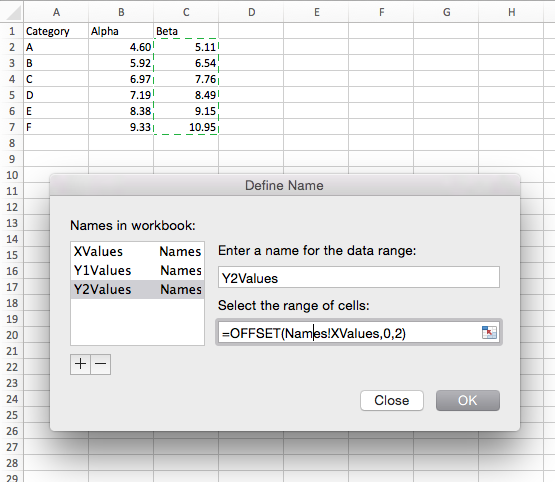



Dynamic Charts In Excel 16 For Mac Peltier Tech
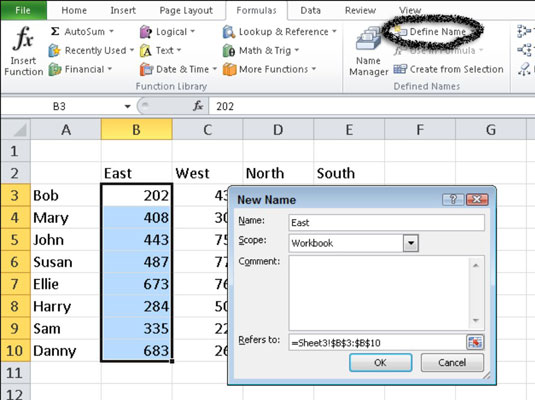



How To Name A Cell Or Range In Excel 10 Dummies
To create a named cell in Microsoft Excel, select the cell and click the Name Box next to the formula bar, as shown in the image This bar has the current cell location printed in it For example, if you're in cell A1, it should currently say A1 in the Name Box In the Name Box, type the name you want to name the cell and press EnterMake sure that the Number tab at the top of the dialog box is selected You will then be presented with a Category list on the left hand side of the dialog box The Category list contains several predefined formats that can be used for numeric values, and you may find your required formatting here If you do not find your required formatting in this list you can, instead, define your ownTo do this, we're going to select the column "January" Next, we go to Formulas tab, then the Defined Names group Click the dropdown arrow beside the Define Name button
/01-Excel-Window-b6965e88ebd34beda87be69e9da64340.jpg)



Define Name Excel Mac




How To Create A Named Range From Selected Cells And Using Intersection Operator In Excel Youtube
Instructions in this article apply to Excel 19, 16, 13, and 10, as well as Excel for Microsoft 365, Excel for Mac, and Excel Online Name and Identify Cell Ranges When you use the same group of cells in formulas and charts, define a nameManage names in your workbook with Name Manager On the Ribbon, go to Formulas > Defined Names > Name Manager You can then create, edit, delete, and find all the names used in the workbook Name a cell Select a cell In the Name Box, type a name Press Enter Define names from a selected rangeDefine name excel 16 In the name manager dialog box click the name that you want to change If you want to follow along with this tutorial download the example spreadsheet The use of names in formulas make the formulas much easier to understand track and maintain




Microsoft Excel Create An Automated List Of Worksheet Names Journal Of Accountancy




Microsoft Excel Tutorials Named Ranges
This Defined Names group is almost same as the Name Box Figure 2 Name box in Ribbon More Tips for Microsoft Excel 07, 10, 13, 16, 19 and 365 (includes Office 365)Then select the Formulas tab in the toolbar at the top of the screen and click on the Define Name button in the Defined Names group When the New Name window appears, enter a descriptive name for the range The name can be up to 255 characters in length In this example, we've entered Order_ID as the name for the range Names in Excel In Excel, you can create names that refer to cells, or to a constant value, or a formula After you create Excel names, you can use them in formulas, or quickly go to a named range There are rules for Excel Names, and here's what Microsoft says is allowed It seems clear, but a few of the rules aren't as ironclad as they look




Microsoft Excel Tutorials Named Ranges




Microsoft Excel Wikipedia
Define Names Excel Limitation I have worked with Defined Names within Excel 02 (aka XP) After management changed up how they calculated certain things, it caused me to have to deal with making major adjustments to the point using formulas and VBA as it was, wasn't good enough To address the issue, so as not have to go back and change upOn the Formulas tab, click Define Name in the Defined Names group In the Name box, type Date In the Refers to box, type "=OFFSET ($A$2,0,0,COUNTA ($A$A)1)", and then click OK On the Formulas tab, click Define Name in the Defined Names groupDefined name A name that represents a cell, range of cells, formula, or constant value You can create your own defined name, and Microsoft Office Excel sometimes creates a defined name for you, such as when you set a print area




Microsoft Excel Create An Automated List Of Worksheet Names Journal Of Accountancy



How To Define And Edit A Named Range In Excel
Excel 16 is, therefore, the first Excel version to possess DAX variables Called "variables" for lack of a better name, DAX variables are actually named and structured expressions Once an expression is given a name, it can be invoked anywhere within the larger expression in which it was defined clear Step 3 That's it!1 Select the data range from top left to bottom right that you want to create names, A1G7 in this example 2 And then click Formulas > Create from Selection, see screenshot 3 And in the Create Names from Selection dialog box, check the labels you want to create names based on In this example, the labels are in the top row and left column




How To See All Of The Named Cell Ranges In An Excel Workbook




Insert Name Define Excel 16
In the Defined Names section, click "Use In Formula" and select "Paste Names" from the dropdown menu You can also press "F3" NOTE If there are no named cell ranges in your workbook, the "Use In Formula" button is not available On the Paste Name dialog box, all the named cell ranges display in the Paste name listCreating a name for a range in Excel is super easy Now you can use it with formulas, dropdown menus and other exciting stuff Microsoft Support Help Article 1446 (How to use defined names to automatically update a chart range in Excel) does not state it applies to Excel 16 I have though tried using the instructions given in Method 1 for Microsoft Office Excel 07, 10 and 13 in Microsoft Excel 16 MSO (
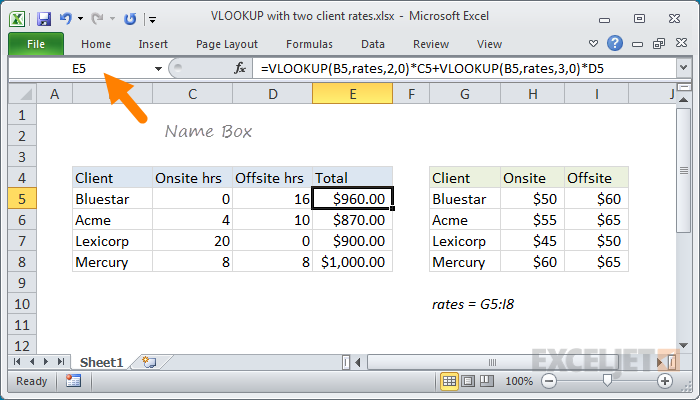



Excel Name Box Exceljet




Excel Logical Formulas 5 Simple If Statements To Get Started Sibanye Stillwater
Tutorial Excel 16 how to delete range names In the Defined Names group, click Name Manager Click New In the Name box, type Date In the Refers to box, type the following text, and then click OK =OFFSET($A$2,0,0,COUNTA($A$2$A$0),1) Click New In the Name box, type Sales In the Refers to box, type the following text, and then click OKExcel 16 tutorial on how to assign your own name to a cell, or range of cells This can be very helpful when using a familiar name of a cell, or range of
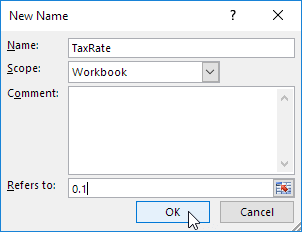



Create A Named Range In Excel Easy Excel Tutorial
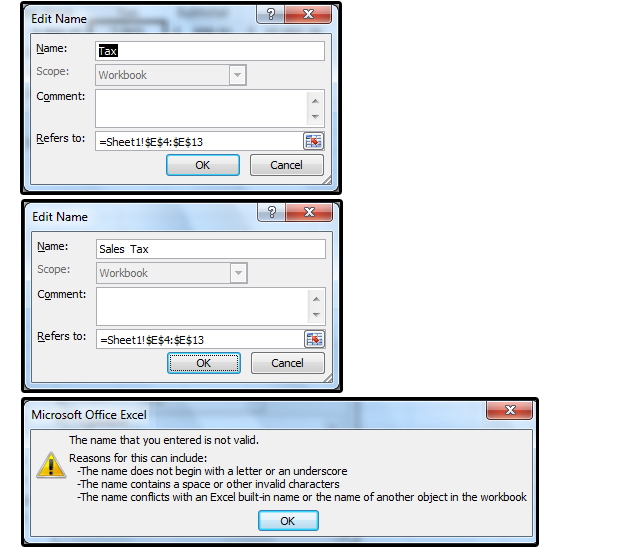



Excel Pro Tips How To Create Define And Use Named Ranges Pcworld
As described in this article, Evaluate is not a sheet function, it's an Excel 4 macro function, that can be used in a defined name, not in a cell directly I am not aware if Microsoft still supports old macro functions for Mac 16, but you can test that very easy Type in cell A1 the value 1, in cell type 2, then define a new name rather the option to Define names in the first place is not there So previously when I've created a new name, I've gone to Insert>>Name>>Define, which brings up the Define names dialogue box However now the Define option is not there I can't see how to create a name range or manage them (which I've always done through this Define dialogue)Answer A named range is a descriptive name for a collection of cells or range in a worksheet To add a named range, select the range of cells that you wish to name In this example, we've selected all cells in column A Under the Insert menu, select Name > Define When the Define Name window appears, enter a descriptive name for the range




How To Correct A Name Error Office Support




Microsoft Excel 16 Defined Names Expert With Sagar Jaybhay
The Name Manager is just that, a Name Manager Defined names are only names for ranges of cells and in some cases formulae You can rename or delete these as they are just names for ranges Deleting a range name does not delete the range from the workbook A table is a special range of cells that has a default name Open up the spreadsheet in Excel Highlight the block of cells that will represent a single table in ArcView From the Insert menu, click Name, then click Define This will bring up a menu where the name of the block can be defined Type in the name to be assigned to the highlighted cells, then click OK This is the name that will appear in the Creating Names With The "Name Manager" If you want to customize your named ranges even more, you can open up the Name Manager (Formulas tab > Defined Names group > Name Manager button) to edit and create new named rangesI won't go into great detail in this article, but know that with the Name Manager you can
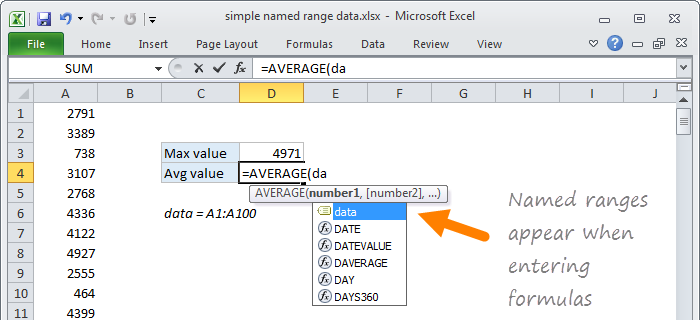



Named Ranges In Excel Exceljet




Use The Name Manager In Excel Excel
From the Formulas menu bar, locate the Named Cells panel, and click Name a Range > Name a Range (Excel 07) In Excel 10 to 16, click Define Name > Define Name from the Defined Names panel " Excel found a problem with one or more formula references in this worksheet Check that the cell references, range names, defined names, and links to other workbooks in your formulas are all correct " — Love, Microsoft ExcelTo name a cell or cell range in a worksheet, follow these steps Select the single cell or range of cells that you want to name Click the cell address for the current cell that appears in the Name Box on the far left of the Formula bar Excel selects the cell address in the Name Box



Edit Defined Names In Excel For Mac 16 Apple Community




Excel 16 Tutorial Naming Ranges Microsoft Training Lesson Youtube
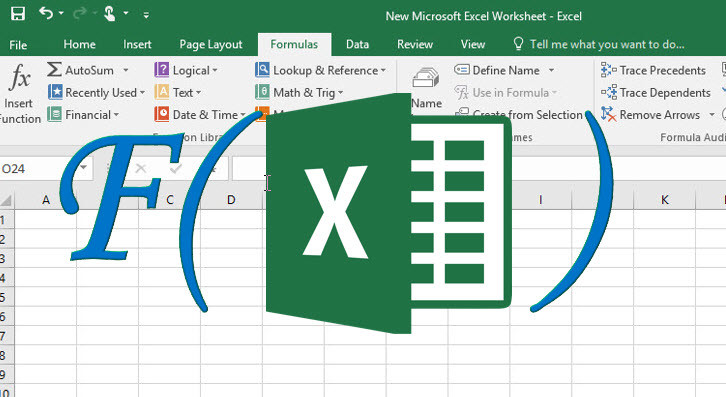



How To Insert And Use Functions In Microsoft Excel 16 Wikigain



How To Define And Edit A Named Range In Excel
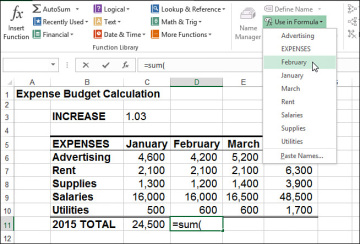



Working With Range Names In Formulas Building Basic Formulas In Excel 16 Informit




How To Create And Use Excel Named Ranges
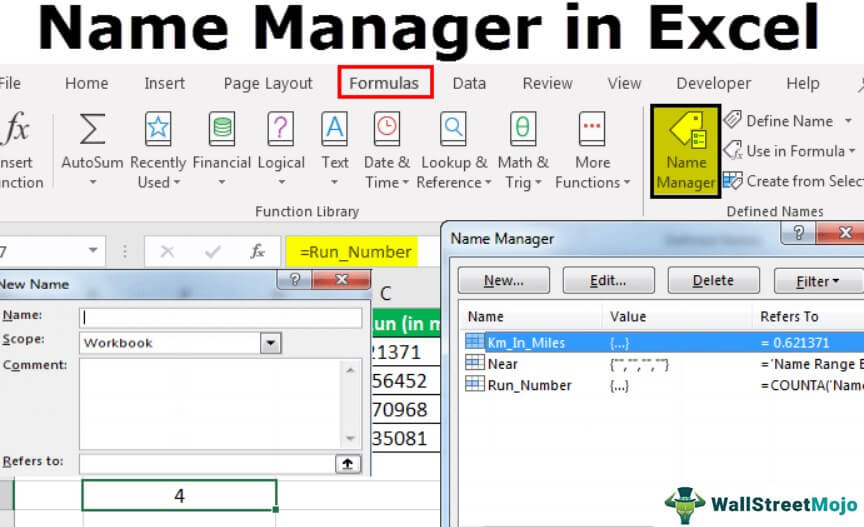



Name Manager In Excel How To Create Use Manage Names In Excel




How To Generate A List Of Sheet Names From A Workbook Without Vba How To Excel



Q Tbn And9gcqgvfxxmowiwvec Gvftikenqgjkkayldqf38oh37t Wnaqsy6d Usqp Cau
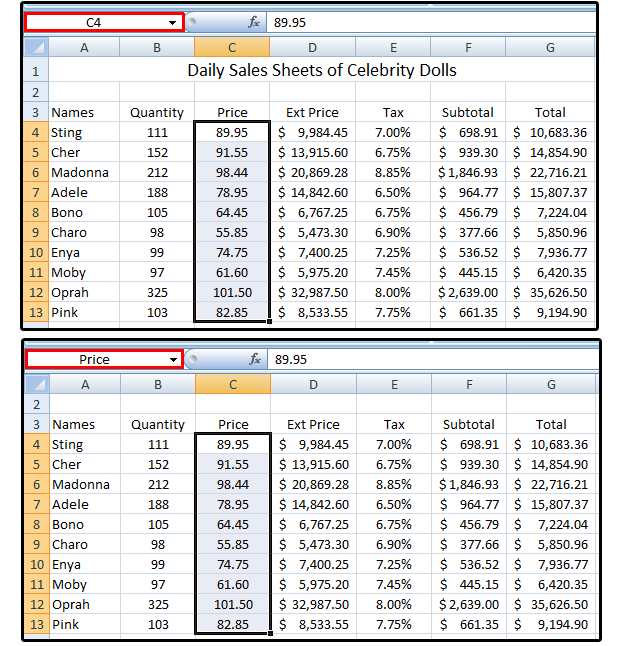



Excel Pro Tips How To Create Define And Use Named Ranges Pcworld




The Fastest Way To Create Defined Names In Excel Mp4 Youtube
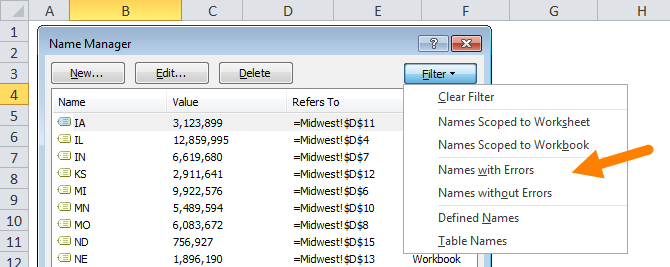



Named Ranges In Excel Exceljet




Named Ranges In Excel See All Defined Names Incl Hidden Names



1
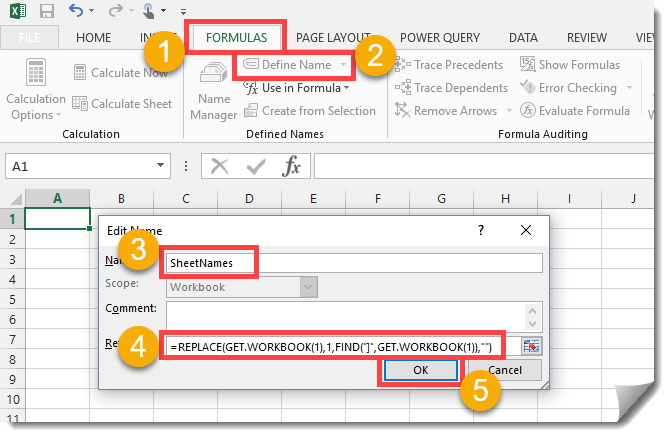



How To Generate A List Of Sheet Names From A Workbook Without Vba How To Excel



Q Tbn And9gcsksgsa50xppwwmkolubyjzrwkzlmxrrclr5zomqrzavxgemksl Usqp Cau
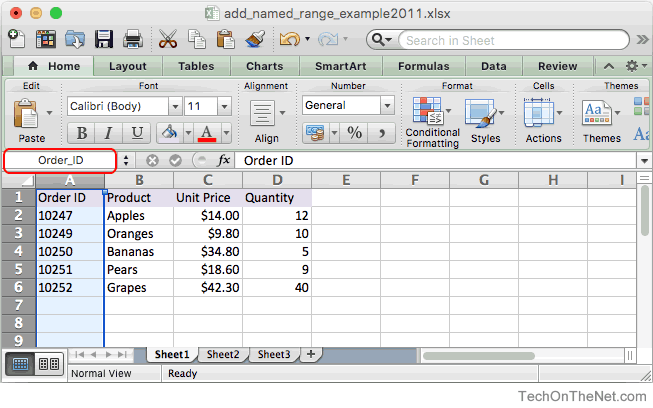



Ms Excel 11 For Mac Add A Named Range
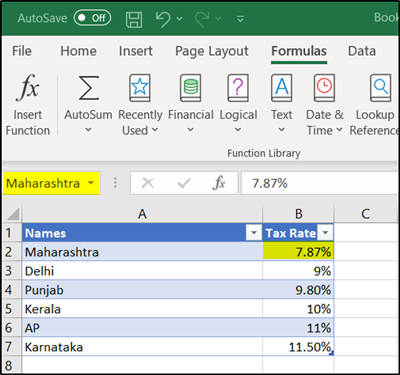



How To Define Use And Delete Names In Excel Formulas




How To Quickly Delete All Named Ranges In Excel




How To Create Named Ranges In Excel A Step By Step Guide




Name Manager In Excel How To Create Use Manage Names In Excel
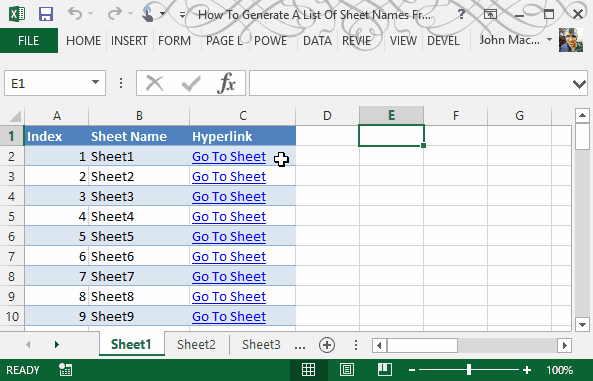



How To Generate A List Of Sheet Names From A Workbook Without Vba How To Excel
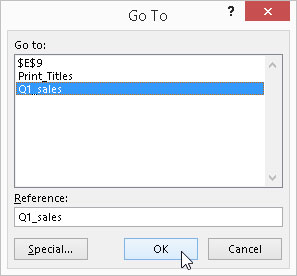



How To Assign Name Ranges In Excel 16 Dummies



Defined Names Group Of Formulas Tab Ribbon Microsoft Excel 16 Indiaexcel Learn Microsoft Excel




Creating And Using Named Ranges Microsoft Excel 16
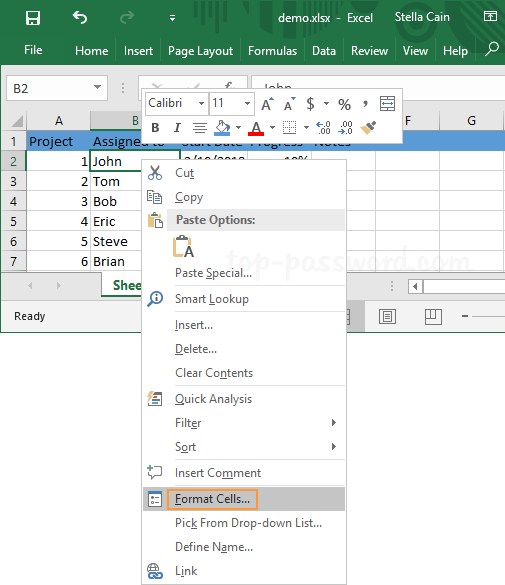



Excel 16 How To Hide Data Or Text In A Cell Password Recovery




Where Is Name Manager In Excel For Mac The Excel Help System Microsoft Community



2
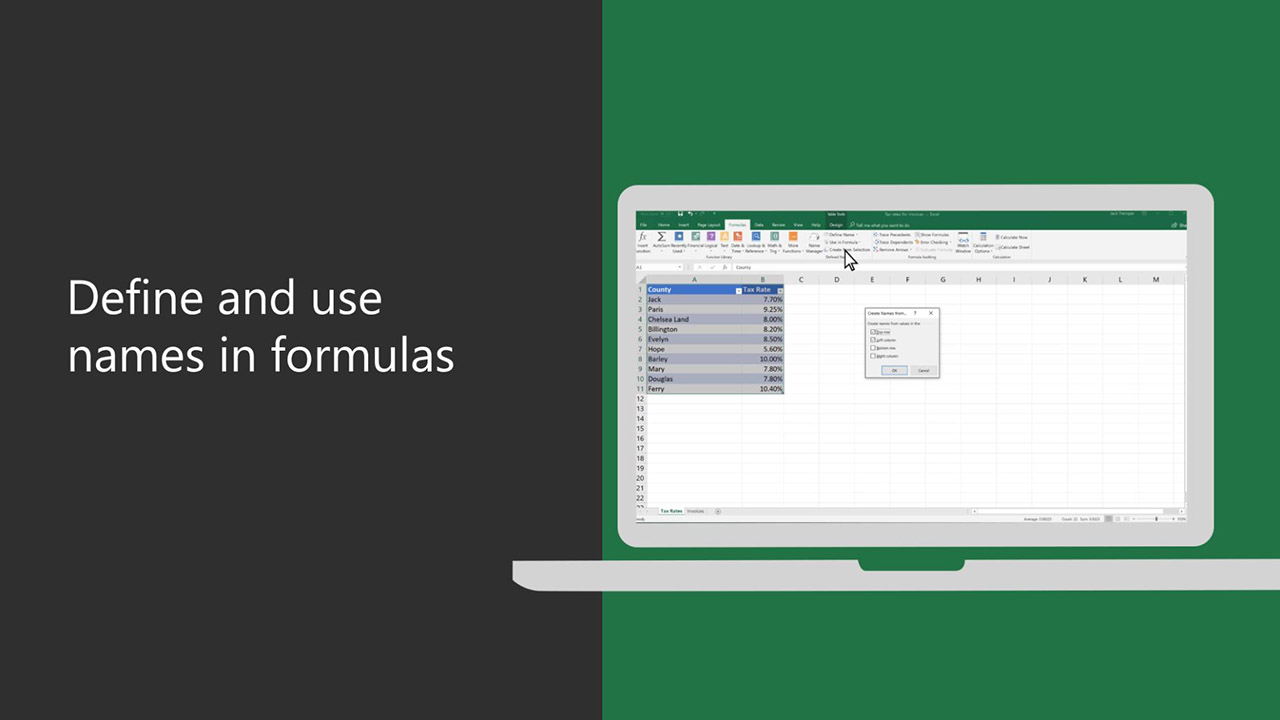



Define And Use Names In Formulas Office Support
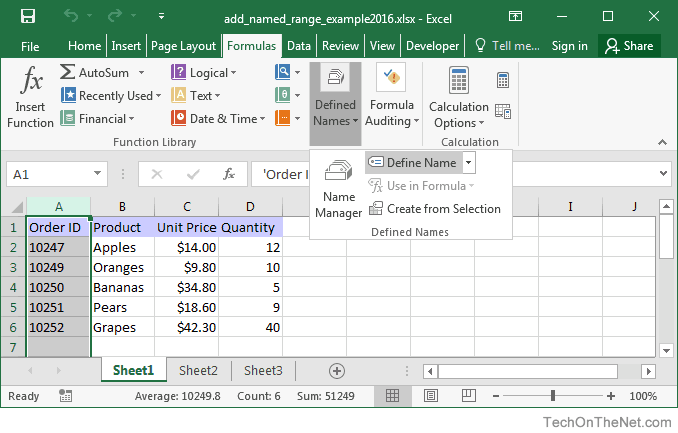



Ms Excel 16 Add A Named Range




Why And How To Define Names For Certain Cell Ranges In Your Excel Data Recovery Blog




How To View Named Ranges In Microsoft Excel Developer Publish
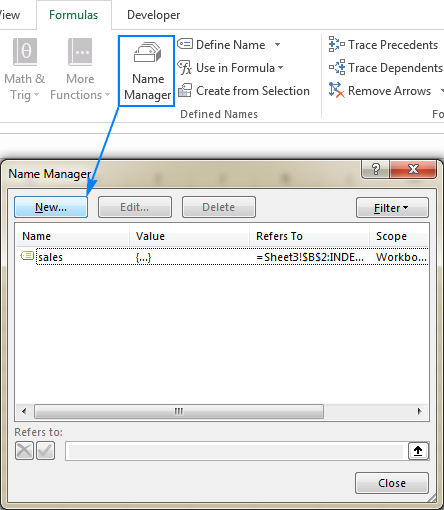



Excel Names And Named Ranges How To Define And Use In Formulas
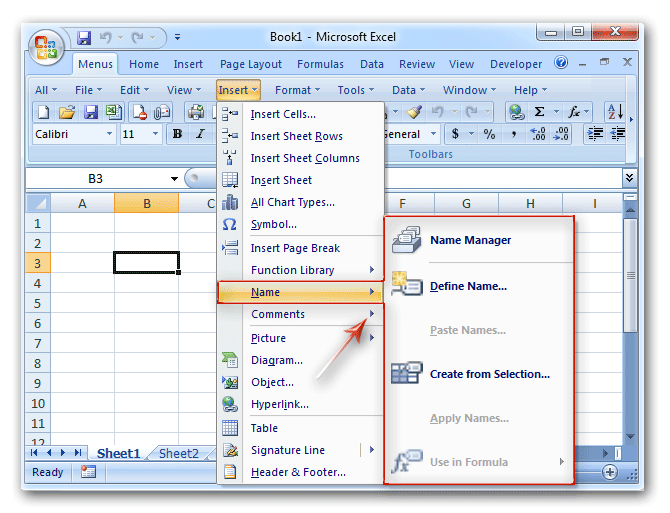



Where Is Name Box In Microsoft Excel 07 10 13 16 19 And 365




The Vba Guide To Named Ranges Thespreadsheetguru




How To Create And Use Excel Named Ranges
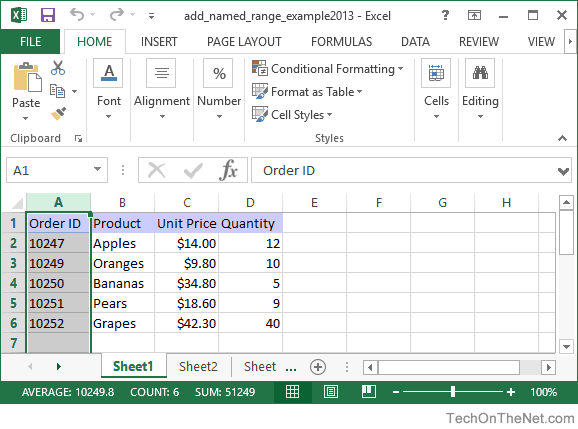



Ms Excel 13 Add A Named Range



Define Name Excel 16
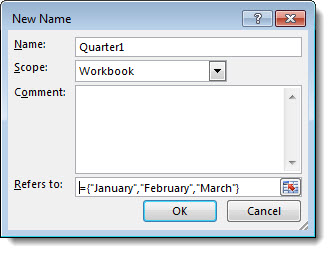



Name An Array Constant Excel




Create A Named Range In Excel Easy Excel Tutorial



How To Assign A Name To A Range Of Cells In Excel Tips General News
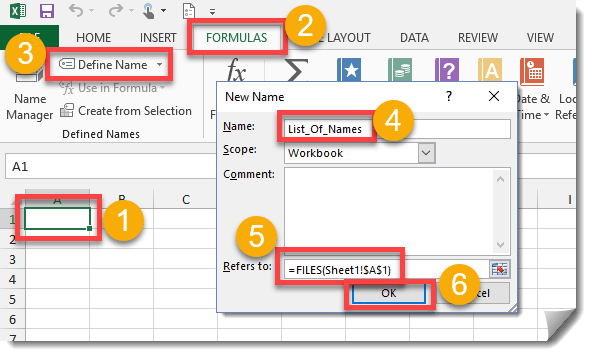



How To Generate A List Of File Names From A Folder Without Vba How To Excel




Get The List Of File Names From A Folder In Excel With And Without Vba



Trace Precedents In Excel Find Formulas Functions And Cells Connected To A Cell Pryor Learning Solutions
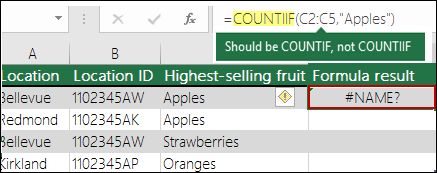



How To Correct A Name Error Office Support




Microsoft Excel Create An Automated List Of Worksheet Names Journal Of Accountancy




Define Name Excel 16




Microsoft Excel 16 Defined Names Expert With Sagar Jaybhay




Where Is Data Validation In Excel 07 10 13 16 19 And 365



How To Assign A Name To A Range Of Cells In Excel Tips General News




Defining A Name Microsoft Excel




Creating And Using Named Ranges Microsoft Excel 16
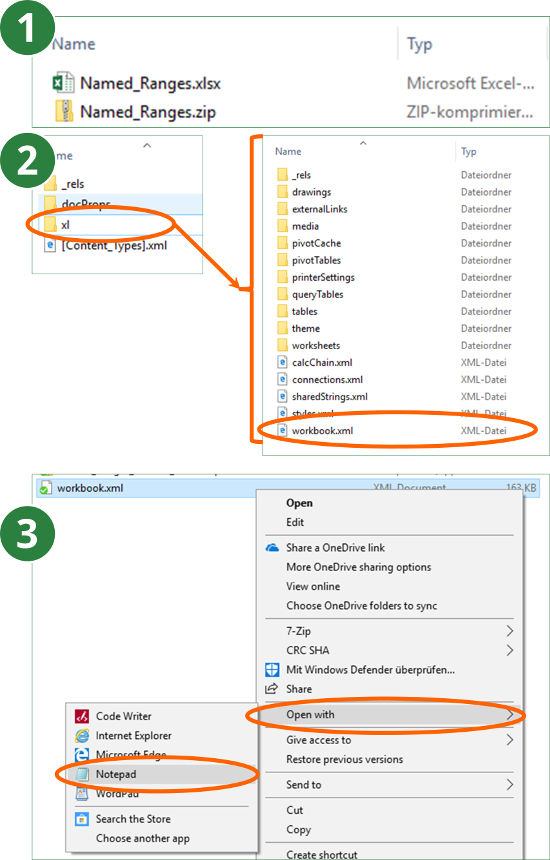



Named Ranges In Excel See All Defined Names Incl Hidden Names




Easily Assign An Excel Range Name Productivity Portfolio
:max_bytes(150000):strip_icc()/NameBox-5be366ed46e0fb00519ef15a.jpg)



How To Define And Edit A Named Range In Excel
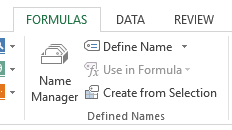



Delete A Defined Name Named Range In Excel Tech Journey




Where Is Name Box In Microsoft Excel 07 10 13 16 19 And 365




How To Create Use The Named Range In Excel Name Range Kaise Banaye Aur Upyog Kare Hindi 126 Youtube



1
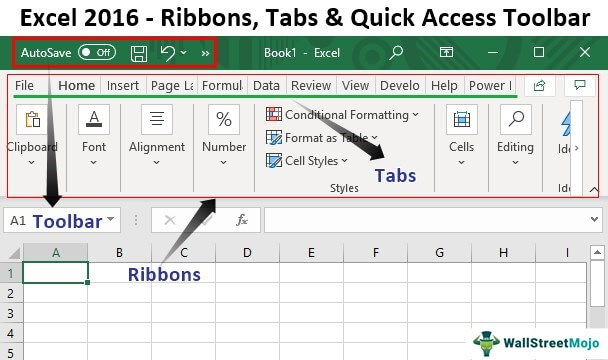



Excel 16 Ribbons Tabs And Quick Access Toolbar
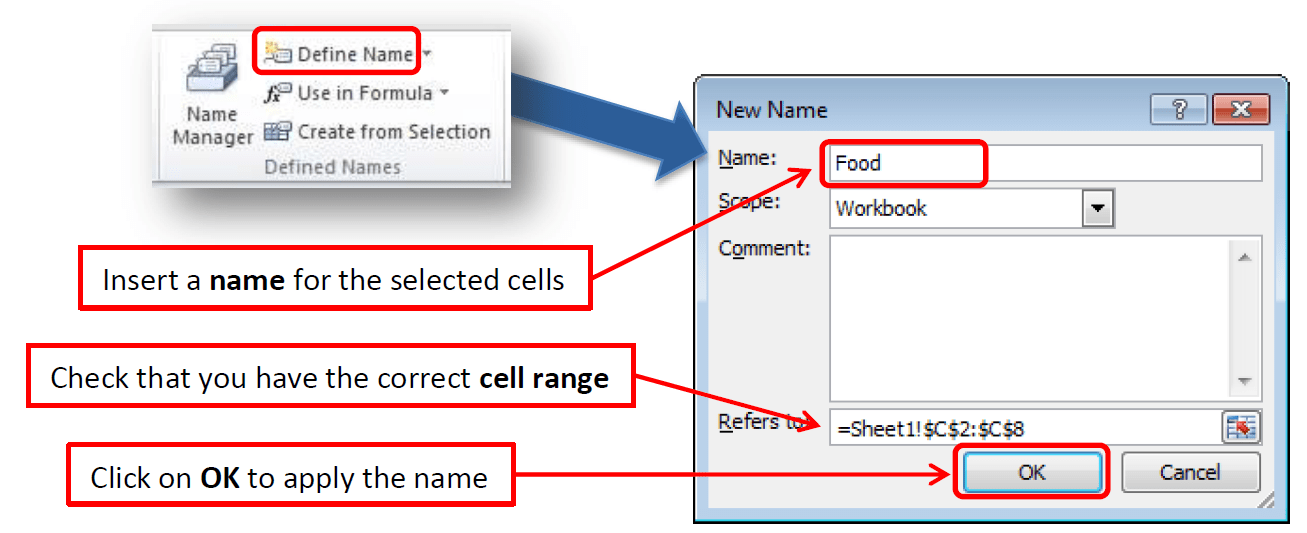



Creating A Drop Down List In Excel Digital Skills Help




How To See All Of The Named Cell Ranges In An Excel Workbook




How To Use The Lookup Function With Choose In Excel 16




Best Excel Tutorial Define Name




How To Use Formula In Excel Define Name Name Manager Create From Selection 29 Youtube



How To Define And Edit A Named Range In Excel




Creating And Using Named Ranges Microsoft Excel 16




How To Assign A Name To A Range Of Cells In Excel




Creating And Using Named Ranges Microsoft Excel 16




Where Is Name Manager In Excel For Mac The Excel Help System Microsoft Community




Insert Name Define Excel 16
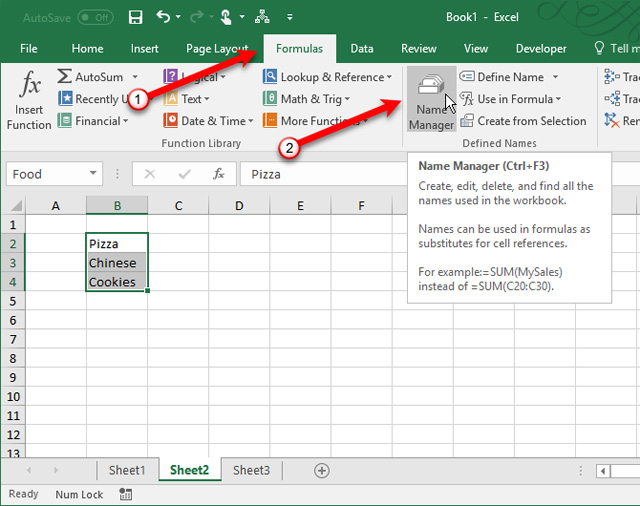



How To Create A Drop List In Excel 16




How To Create Named Ranges In Excel A Step By Step Guide




Locating Name Manager In Excel For Mac Ask Different
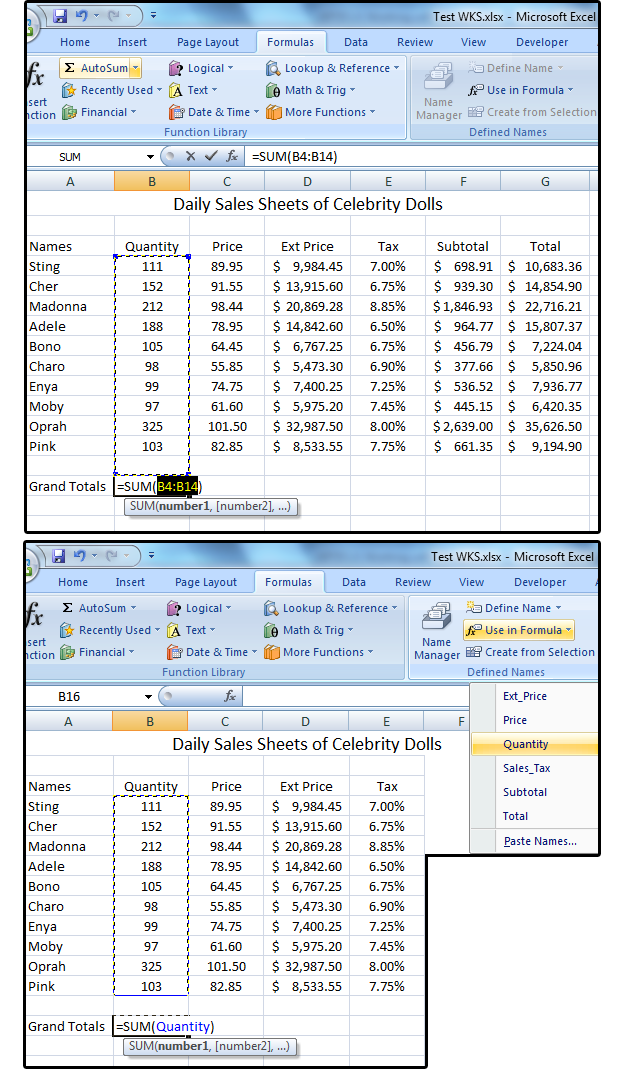



Excel Pro Tips How To Create Define And Use Named Ranges Pcworld
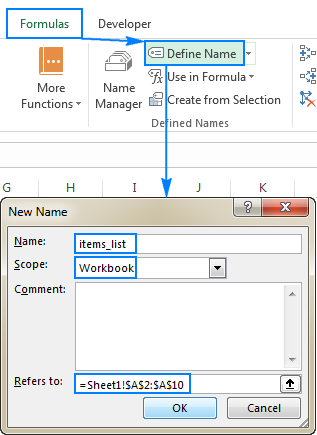



Excel Names And Named Ranges How To Define And Use In Formulas
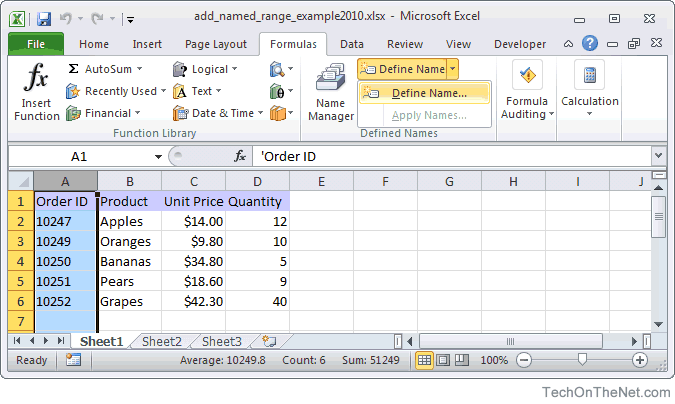



Ms Excel 10 Add A Named Range
:max_bytes(150000):strip_icc()/NamedRangeNameManager-5c192805c9e77c0001a4b91c.jpg)



How To Define And Edit A Named Range In Excel
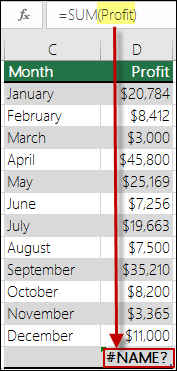



How To Correct A Name Error Office Support
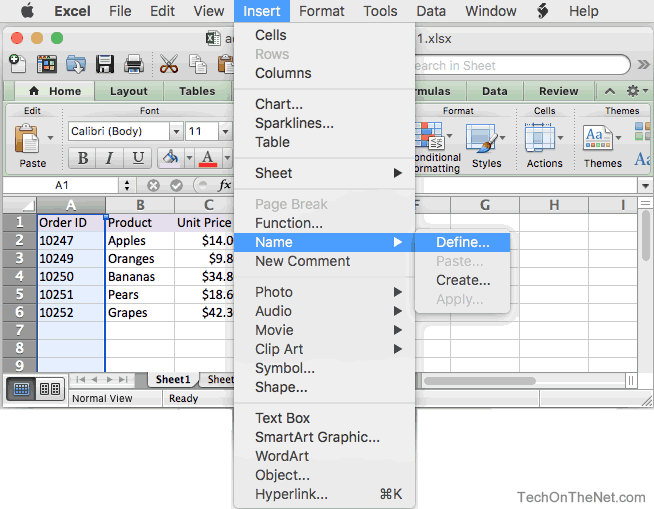



Ms Excel 11 For Mac Add A Named Range




How To See All Of The Named Cell Ranges In An Excel Workbook
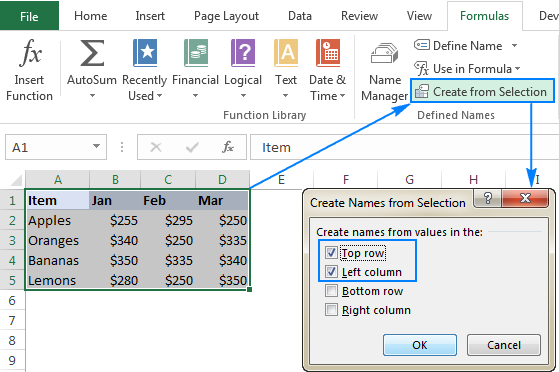



Excel Names And Named Ranges How To Define And Use In Formulas



0 件のコメント:
コメントを投稿